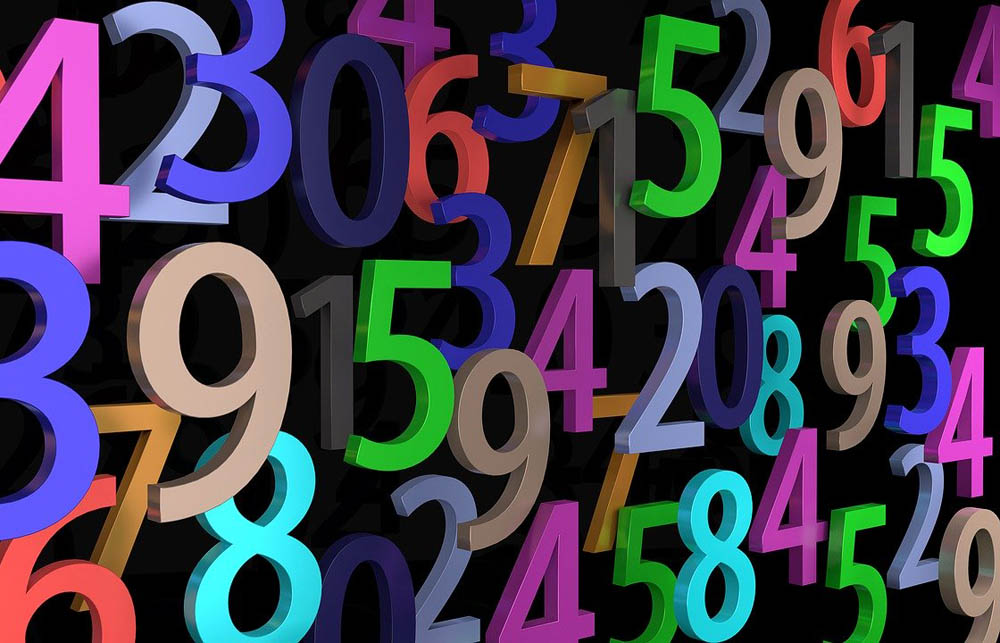This is the third lesson in our beginner level Spanish course and we will look at numbers in Spanish and how to pronounce the Spanish vowels A, E, I, O, U.
In this Spanish Lesson 3 we will learn the written form of all the numbers in Spanish from 1-100 and how to pronounce them correctly, after practicing the pronunciation of the five Spanish vowels.
Numbers and the pronunciation of vowels are important elements of learning Spanish, but don’t worry if you don’t remember them right away as we will review them regularly throughout the course.
Numbers in Spanish from 1 to 20
Firstly, let’s see the numbers in Spanish 1-20:
Uno (1)
Dos (2)
Tres (3)
Cuatro (4)
Cinco (5)
Seis (6)
Siete (7)
Ocho (8)
Nueve (9)
Diez (10)
Once (11)
Doce (12)
Trece (13)
Catorce (14)
Quince (15)
Dieciséis (16)
Diecisiete (17)
Dieciocho (18)
Diecinueve (19)
Veinte (20)

Numbers in Spanish from 20 to 100
Let’s continue looking at numbers in Spanish 20-100
Veinte (20)
Veintiuno (21)
Veintidós (22)
Veintitrés (23)
Veinticuatro (24)
Veinticinco (25)
Veintiséis (26)
Veintisiete (27)
Veintiocho (28)
Veintinueve (29)
Treinta (30)
Treinta y uno (31)
Treinta y dos (32)
Treinta y tres (33)
Treinta y cuatro (34)
Treinta y cinco(35)
Treinta y seis(36)
Treinta y siete(37)
Treinta y ocho (38)
Treinta y nueve (39)
Cuarenta (40)
Cuarenta y uno (41)
Cuarenta y dos (42)
Cuarenta y tres (43)
Cuarenta y cuatro (44)
Cuarenta y cinco (45)
Cuarenta y seis (46)
Cuarenta y siete (47)
Cuarenta y ocho (48)
Cuarenta y nueve (49)
Cincuenta (50)
Cincuenta y uno (51)
Cincuenta y dos (52)
Cincuenta y tres (53)
Cincuenta y cuatro(54)
Cincuenta y cinco (55)
Cincuenta y seis (56)
Cincuenta y siete (57)
Cincuenta y ocho (58)
Cincuenta y nueve (59)
Sesenta (60)
Sesenta y uno (61)
Sesenta y dos (62)
Sesenta y tres (63)
Sesenta y cuatro (64)
Sesenta y cinco (65)
Sesenta y seis (66)
Sesenta y siete (67)
Sesenta y ocho (68)
Sesenta y nueve (69)
Setenta (70)
Setenta y uno (71)
Setenta y dos (72)
Setenta y tres (73)
Setenta y cuatro (74)
Setenta y cinco (75)
Setenta y seis (76)
Setenta y siete (77)
Setenta y ocho (78)
Setenta y nueve (79)
Ochenta (80)
Ochenta y uno (81)
Ochenta y dos (82)
Ochenta y tres (83)
Ochenta y cuatro (84)
Ochenta y cinco (85)
Ochenta y seis (86)
Ochenta y siete (87)
Ochenta y ocho (88)
Ochenta y nueve (89)
Noventa (90)
Noventa y uno (91)
Noventa y dos (92)
Noventa y tres (93)
Noventa y cuatro (94)
Noventa y cinco (95)
Noventa y seis (96)
Noventa y siete (97)
Noventa y ocho (98)
Noventa y nueve (99)
Cien (100)
Twenty in Spanish is Veinte (Veh-een-teh). After Twenty the numbers follow this format:
Veintiuno (21), Veintidós (22), veintitrés (23), etc.
Thirty in Spanish is Treinta. After Thirty the numbers follow a slightly different format (using “y” which is “and” in Spanish)…
Treinta y uno (31), Treinta y dos (32), Treinta y tres (33), etc.
That same format continues with all of the other numbers up to 100:
Cuarenta (40), cuarenta y uno (41), cuarenta y dos (42), cuarenta y tres (43), etc.
Cincuenta (50), Sesenta (60), Setenta (70), Ochenta (80), Noventa (90), Cien 100.
Pronunciation of the Numbers in Spanish
You may be familiar with some of the numbers in Spanish already, such as Uno, Dos, Tres, Cuatro. Let’s make sure that you are pronouncing them all correctly!
We will look more closely at the details of Spanish pronunciation and the Spanish alphabet at a later stage in the course, but for the moment we will see how to pronounce the Spanish vowels:
A: ah (as in “apple”)
E: eh (as in “bed”)
O: oh (as in “orange”)
U: oo (as in “do”)
I: ee (as in “bee”)
Correctly pronouncing the Spanish vowels goes a long way towards making you sound more like a native Spanish speaker, meaning that you are much more likely to be understood.
The pronunciation of Spanish in comparison to English and many other languages is relatively straightforward because the sound of most of the letters of the Spanish alphabet, including the vowels, almost always remains the same in every word.
If you can master those five basic vowel sounds and manage to replicate them each time in every word, you will sound really good!
For example:
Uno (1): Oo-noh
Cuatro (4): Coo-ah-troh
Siete (7): See-eh-teh
That is all for this lesson about Spanish numbers 1-100.
In our next Spanish lesson, we will practice using the fundamental Spanish verb: El verbo Ser (The verb To Be) with jobs and nationalities.
Please also make sure you check out the previous lesson in this course to learn all about countries and nationalities in Spanish.
